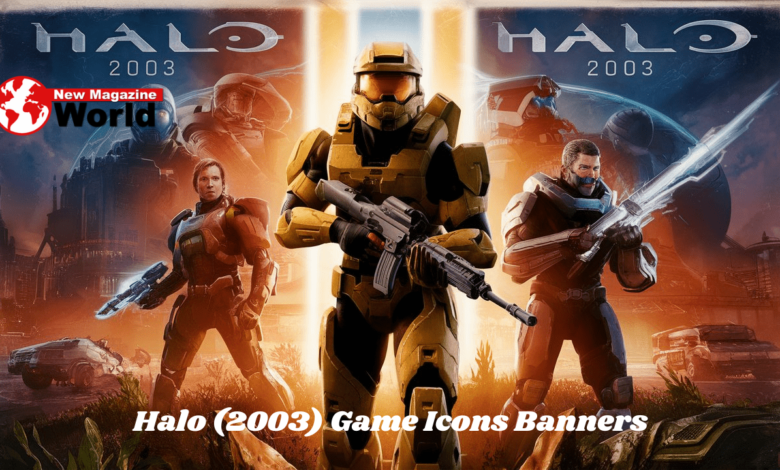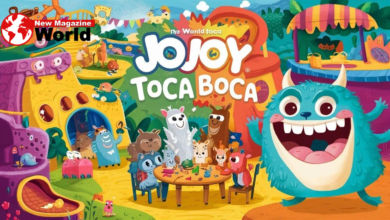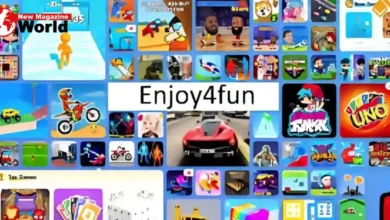The Legacy of Halo (2003) Game Icons Banners: A Visual and Cultural Impact

Introduction to Halo (2003) Game Icons Banners
The year 2003 was a pivotal moment in gaming history, particularly with the enduring legacy of Halo: Combat Evolved, which was originally released in 2001. By 2003, the game had gained a massive following, and its influence was evident not only in gameplay and design but also in the way it was marketed and represented in digital media. One of the key aspects of this representation was the use of Halo (2003) game icons banners. These digital assets became a crucial part of the game’s identity and its community’s way of expressing fandom.
Evolution of Game Icons and Banners
Icons and banners have long been a part of the gaming culture, but by 2003, they became more sophisticated and integral to a game’s branding. For Halo: Combat Evolved, the Halo (2003) game icons banners played a significant role in enhancing the game’s visual identity. These digital symbols were not just simple images but were carefully crafted to encapsulate the essence of the game. They were used in forums, fan sites, and various online communities, allowing players to show their allegiance to the Halo franchise.
Design Elements of Halo (2003) Game Icons Banners
The design of the Halo (2003) game icons banners reflected the futuristic and militaristic theme of the game. The icons often featured the iconic Master Chief helmet, energy swords, or the distinctive logo of the United Nations Space Command (UNSC). The banners, on the other hand, were usually more elaborate, incorporating background scenes from the game, such as the ringworld of Halo or battles with the Covenant forces. The color schemes were dominated by military greens, metallic grays, and blues, all contributing to the game’s aesthetic appeal.
Importance of Halo (2003) Game Icons Banners in Fan Communities
The Halo (2003) game icons banners were not just about aesthetics; they were a way for fans to connect and communicate. In online forums, a user’s avatar or signature often featured these icons or banners, making it immediately clear which game or character they supported. This visual representation helped to foster a sense of community among Halo fans, creating a shared language that went beyond words. The use of these digital assets was a way to display passion and loyalty to the Halo franchise.
Customization and Personalization of Halo (2003) Game Icons Banners
One of the key attractions of the Halo (2003) game icons banners was the ability for players to customize and personalize them. Various fan-made tools and websites allowed users to create their own banners, incorporating their favorite characters, weapons, and scenes from the game. This level of customization meant that no two banners were exactly alike, allowing fans to express their individual tastes and preferences within the broader Halo universe.
Impact of Halo (2003) Game Icons Banners on Marketing
The widespread use of Halo (2003) game icons banners also had a significant impact on the marketing of the game. These digital assets served as grassroots promotional tools, spreading the Halo brand far and wide across the internet. As fans used these icons and banners on their profiles, blogs, and websites, they inadvertently became ambassadors for the game, driving interest and engagement. This organic form of marketing was crucial in building and sustaining the Halo community during the early 2000s.
Evolution of Game Icons and Banners Post-2003
While the Halo (2003) game icons banners were instrumental during that era, the concept of game icons and banners continued to evolve with the advancement of technology and the internet. By the mid-2000s, with the rise of social media platforms, the use of such digital assets expanded even further. However, the design principles and community engagement strategies established by the Halo franchise in 2003 set a precedent that influenced how other games approached digital branding.
Legacy of Halo (2003) Game Icons Banners
The Halo (2003) game icons banners remain an iconic part of the game’s legacy. They are a testament to how digital branding can influence and strengthen a gaming community. Even today, these icons and banners are fondly remembered by long-time fans and are sometimes used in nostalgic tributes to the original Halo experience. They represent a time when gaming culture was starting to find its feet on the internet, and Halo was at the forefront of this cultural shift.
Conclusion
The Halo (2003) game icons banners played a crucial role in the branding and community-building of Halo: Combat Evolved. These digital assets were more than just images; they were symbols of a growing gaming culture that allowed fans to express their passion and loyalty. From their intricate designs to their impact on marketing and community engagement, these icons and banners left a lasting mark on the gaming world. As we look back at the legacy of Halo, it’s clear that these elements were instrumental in shaping the game’s identity and fostering a strong, dedicated fanbase that continues to thrive today.





